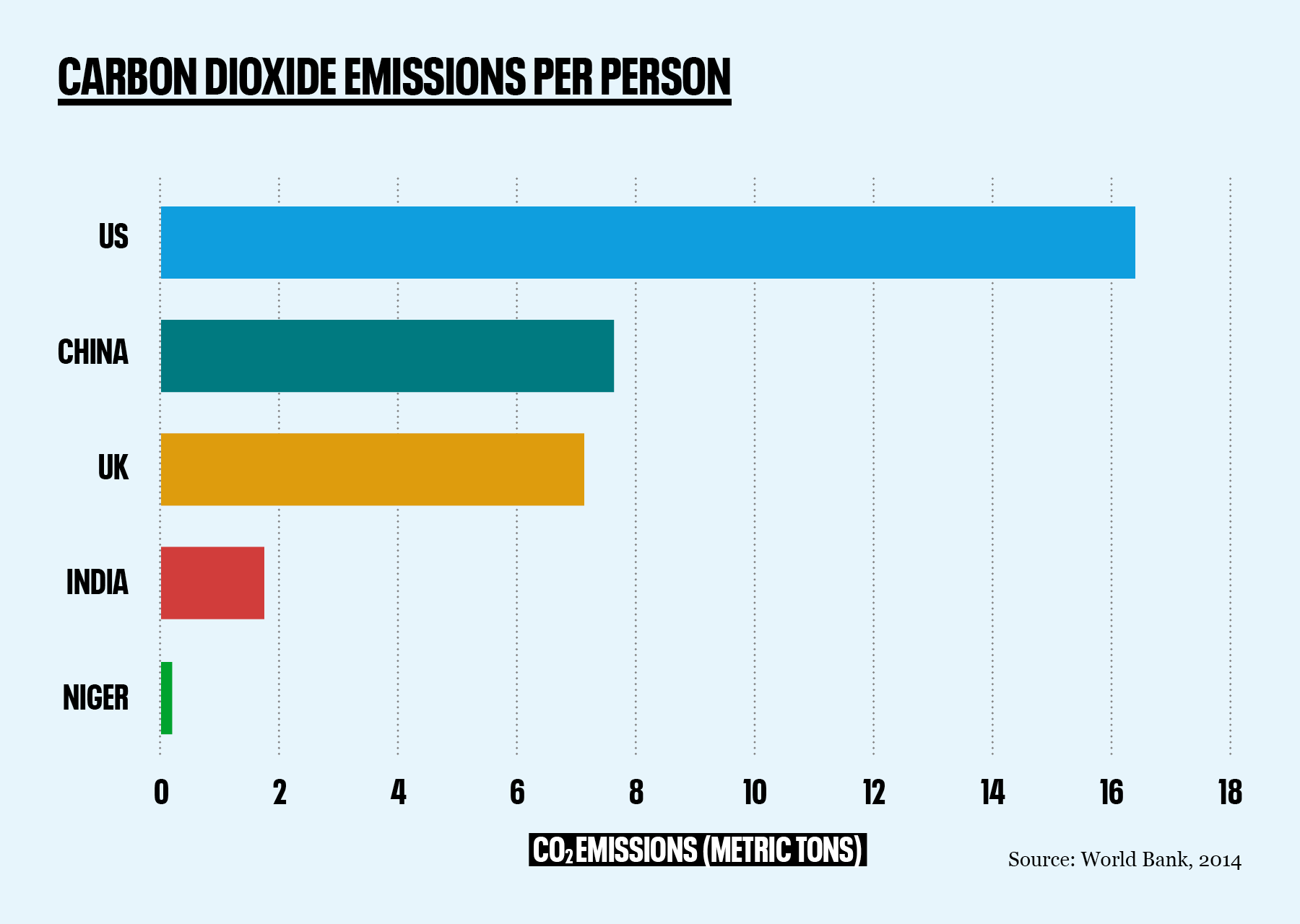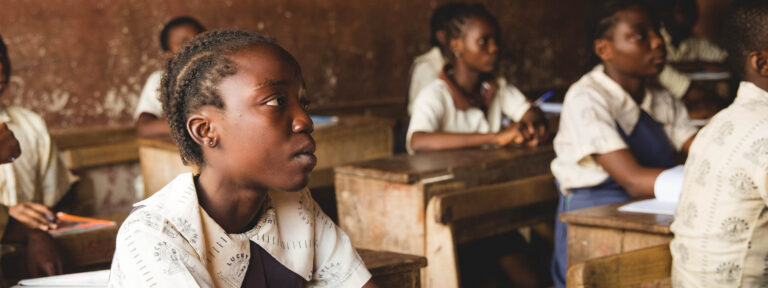
Scientists call for improving contraceptive use to fight climate change
A new commentary article published in BMJ Sexual & Reproductive Health, and picked up by the Daily Mail, urges wide-scale adoption of policies that aim to increase the use of modern contraception as part of global efforts to reduce climate emissions.
Based on the simple (yet still widely ignored) fact that population growth is a key driver of climate change, the article argues that reducing unintended pregnancies alone would go a long ways in reducing future emissions. Still 44% of all pregnancies are unplanned, in large part due to insufficient availability and acceptance of contraception. That’s a total of 99 million pregnancies that could be prevented every single year.
The two authors, a demographer and a reproductive health scientist, are part of the Population Council, an international organisation which conducts research to develop new contraceptives and improve global family planning.

More feet, more heat
The human population is expected to increase to 10.9 billion people by the end of the century, from 7.7 billion today. Most of the growth will occur in sub-Saharan Africa and South Asia, where fertility rates remain high. The article states,
“Rapid population growth has pervasive adverse effects on societies, economies and the natural environment. In particular, with an additional 3 billion people producing greenhouse gases, the global warming problem will become even more intractable in the coming decades.”
The authors cite a 2012 study published in The Lancet which showed that slowing population growth could potentially reduce future emissions by 40% or more in the long term.
However, it is important to note that the carbon footprints of individuals in the fastest-growing countries are currently very small compared to those of people living in high-income countries. Emissions reductions through decreased fertility rates take many years to come into effect so it remains vital to also pursue more immediate measures to end our dependence on fossil fuels and live more sustainably.

Tackling barriers to contraception
The authors list the obvious reasons why so many people don’t use birth control, including lack of services and high costs, as well as the less obvious ones, including myths about negative side effects, traditional social norms, and disapproval of husbands.
Policies that challenge harmful sexist attitudes and that provide quality education for both women and men to advance gender equality and dispel misconceptions are a key part of improving uptake of modern contraceptive methods.
The paper also points out the need to increase male contraception options and encourage men to assume more responsibility for preventing pregnancy, as this burden currently falls almost exclusively on women.
The science is clear – time to listen
Even though this article did not reveal any information that most population campaigners are not already familiar with, it is good to see more scientists urging for greater acceptance of this neglected, yet hugely beneficial solution to our environmental crises.
The 2017 Scientists’ Warning to Humanity, signed by more than 15,000 scientists from across the world, made a similar call – among its 13 recommendations to end the destruction of our natural environment were reducing fertility rates through education and family planning, and rallying political leaders behind the goal of establishing a sustainable human population.
The new Scientists’ Warning of a Climate Emergency published this year is also explicit about the link between climate change and our numbers and calls for stabilising and ideally gradually reducing the world population “within a framework that ensures social integrity”:
“There are proven and effective policies that strengthen human rights, while lowering fertility rates and lessening the impacts of population growth on GHG emissions and biodiversity loss. These policies involve making family planning services available to all people (and removing barriers to their access) and achieving full gender equity, including primary and secondary education as a global norm for all, especially girls and young women.”



